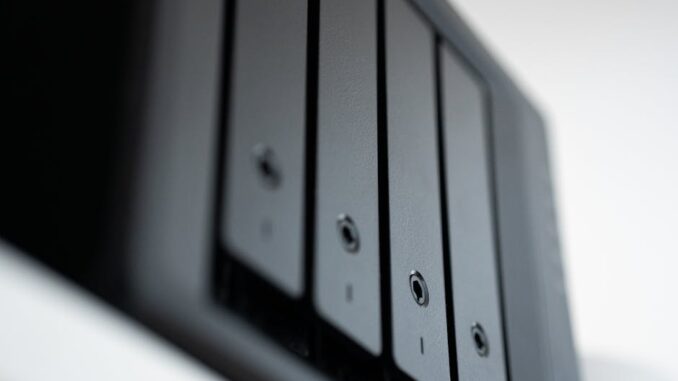
Summary
The Network Attached Storage (NAS) market is ripe for a shakeup. This article explores the challenges and opportunities, providing a guide to revitalizing this essential technology. We’ll delve into performance limitations, restrictive practices, and the untapped potential of emerging technologies.
TrueNAS: Seamless, scalable storage solutions tailored to your business needs.
** Main Story**
Okay, let’s talk about NAS. The Network Attached Storage market, while still growing, feels a little…stuck, doesn’t it? It’s like it’s not quite living up to its full potential, and frankly, consumers and businesses are starting to demand more bang for their buck. So, what can we do to give it a good shake and revitalize things?
First off, let’s dive into where things are really dragging. I mean, is anyone else tired of those performance bottlenecks?
Tackling the Performance Problem
Seriously, a lot of current NAS devices are being held back, especially with their networking. You still see models clinging to 1 Gigabit Ethernet ports, and that just doesn’t cut it anymore, does it? It creates a major bottleneck, slowing down data transfers, especially when you’re talking about huge files, like 4K video or those massive RAW image files. Rain lashed against the windows and the wind howled like a banshee, and I was still waiting for the file to transfer!
In this day and age where everything’s multi-gigabit, it’s unacceptable. To fix this, manufacturers have to make faster networking standards standard. Think 2.5GbE, 5GbE, or even 10GbE. That way, NAS devices can actually keep up with the demands of modern data. And while they’re at it, maximizing internal transfer speeds with NVMe support is essential for optimal performance, both for caching and storage volumes. It’s really about creating a smooth, efficient flow of data.
Open Up the Ecosystem
But it’s not just about speed; it’s about freedom, too. Some manufacturers are enforcing these restrictive practices that really limit consumer choice and, let’s be honest, drive up costs. I’m talking about things like limiting compatibility to proprietary hard drives or NVMe SSDs. These practices stifle competition and innovation.
What consumers want is the ability to pick the components that best fit their needs and their budget. It’s about creating a more competitive market. Manufacturers need to prioritize open standards and compatibility with a wider range of components. You know, I remember back in the day building my own PC and having the freedom to mix and match components. We need to bring that spirit back to the NAS market.
Embracing What’s New
The NAS market also needs to embrace emerging technologies to stay relevant. AI, for example, is already making waves in content creation. However, its potential for NAS systems goes even further. Imagine AI-driven file organization and management, intelligent data tiering, or predictive maintenance. The possibilities are really exciting.
Furthermore, think about exploring mini PCs and compact servers for NAS applications. These offer flexibility and expandability that a lot of users are craving. Combine these devices with powerful, efficient processors, like the Intel N100, and you’ve got a viable alternative to traditional NAS enclosures, giving users greater control and customization options. So, why aren’t more manufacturers jumping on this?
Make It Easy
Let’s face it, NAS systems are often perceived as complex, especially by home users. Simplifying setup, configuration, and management is key to expanding the market. What about more user-friendly interfaces? And what about mobile app integration? Also, automated backup solutions can really make NAS more accessible to non-technical users. Manufacturers need to prioritize intuitive design and ease of use. The goal should be to make NAS a household essential, not something only techies understand.
Evolving With Users
Finally, the way people use NAS systems is changing, and you need to keep up. The rise of remote work, smart home integration, and personal cloud storage requires NAS manufacturers to adapt. Things like enhanced remote access capabilities, seamless cloud integration, and compatibility with a wider range of applications are essential for meeting the evolving needs of modern users. People want to access their files from anywhere, on any device, and the NAS needs to make that seamless.
Time For a Change
The NAS market is really at a turning point. By embracing faster network speeds, prioritizing open standards, incorporating AI, enhancing user experience, and addressing the needs of modern users, we can collectively push it into a new era of innovation and accessibility. Don’t you think it is time for a shakeup? I do.


The call for open standards is crucial. Beyond hardware, standardizing software interfaces and APIs could foster a more vibrant ecosystem of third-party applications and services for NAS devices, much like we see in the mobile space.
Great point about standardizing software interfaces and APIs! Imagine the possibilities for third-party apps and services on NAS devices if we adopted a more open approach, similar to the mobile world. This could unlock a whole new level of functionality and customization!
Editor: StorageTech.News
Thank you to our Sponsor Esdebe